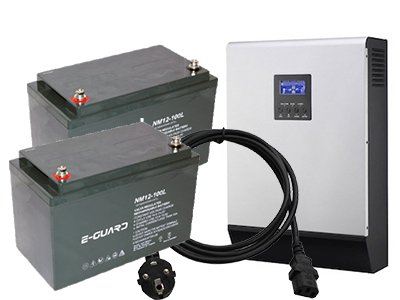FAQ Notes:
- Where do I find my daily kilowatt hours?
- There are three ways of obtaining this information. The first is based on your electrical bill. Generally if you are billed directly by Eskom they will reflect your monthly consumption under the title ‘Difference’ and additionally will reflect the number of billed days. Once obtained you can just divide the ‘Difference’ amount by the number of billed days.
- If you are billed by Municipality, they generally do provide you with a daily average reflected at the top of your bill.
- If however you are on a prepaid meter (the evil things) then you will need put a power monitor on your board. You can buy them fairly cheaply (R1000 – R1400), they are easy to install and will log your power consumption accurately.
- Alternatively you can also just calculate how much you are spending per month, divide that figure by your price per kilowatt and divide that figure by the number of days. Not as accurate but still works.
- Why are the solar day hours so low?
- The solar day is based on a fixed pitch in a perfectly northern direction. The angle of the pitch varies from place to place but is set at the best median for both summer and winter generation. We are completely aware that in summer you will generate more than what is stated here but we need to have a single hour for calculation and the listed hours are reliable as they include loss efficiency adjustments.
- What Voltage should I choose?
- As a rule of thumb work like this:
- 0-3000wh (total generation per day) – 12v
- 3000 – 5000wh (total generation per day) – 24v
- +5000wh (total generation per day) – 48v
- Important to note that these figures are rule of thumb. You can squeeze or alter slightly on either side, but bear in mind that higher power(storage and draw capacity) at lower voltage causes system wide inefficiency and increases cable costs etc.
- What DOD (Depth of Depletion) is right for me?
- Generally when asking for a quote from a service provider they will provide you with a 50% DOD quote, this means that you will only ever use half of your battery. The reason for this is based around the number of duty cycles available to each battery. The deeper you cycle (use) your battery the few cycles are available for use and the thus the shorter the time the batteries will last. As a minimum we use a 50% DOD but should you want longer life out of your batteries we also allow for a 30% option, meaning that you will only ever use 30% of your battery. Going with a 30% DOD costs more in terms of number of batteries but ultimately will allow more years of operation.
- Days of store?
- Batteries are crazy expensive. They are the Achilles heel of a solar system. Wherever possible, use only exactly what you need. Having an extra day or two storage is nice but costly so bear that in mind. In a nutshell should you have days of poor generation (solar) and do not have Eskom as a backup for battery charging then adding additional days of store is a worthwhile consideration.
- Solar panel requirements and batteries?
- In as far as possible, use as few panels or batteries as possible to make up the required output/storage.

